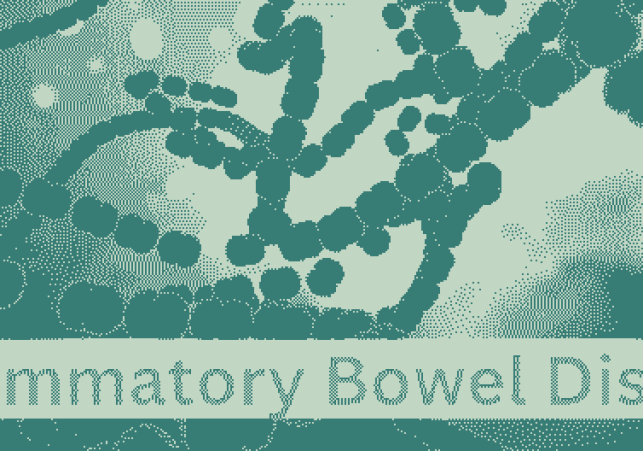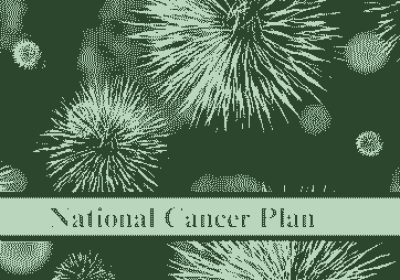
Necrotizing fasciitis
The usually dangerous bacterial infection Necrotizing fasciitis is a dangerous but common infection that spreads through a skin break
- By --
- Thursday, 08 Jun, 2023
Necrotizing fasciitis is a dangerous but common infection that spreads through a skin break.[1]  The word “necrotizing†refers to something that causes the death of something else. The word “fasciitis†refers to the inflammation of the  fascia, which is the subcutaneous (under the skin) tissue that surrounds muscles and nerves and holds everything with respect to the  skin;  likewise, mostly fat and blood vessels are in systemic circulation in terms of the skin.[2]
A person's immune system may be more susceptible to being weakened if they have this disease,
Spreads rapidly through a skin rupture and can be dangerous?
- An immune system that is compromised will increase a person's chance of having this disease.
- Blisters
- fever
- exhaustion
Discomfort that is more than one would anticipate based on the look of the wound are other symptoms. [3] To stop this infection, a precise diagnosis, fast antibiotic therapy, and quick surgery are required. If your skin becomes red, warms, swells, or is intensely painful immediately after an injury or surgery
See a doctor immediately.
According to the doctor, a potential course of treatment includes providing IV antibiotics immediately. The amputation of dead or damaged tissue from the wound is extremely important. Necrosis is visible in skin, fat, and fascial tissue under a microscope (tissue death). [4]
Necrotizing fasciitis : types
Necrotizing fasciitis comes in two different forms: polymicrobial (also known as Type I) and monomicrobial (also called Type II).
An infection known as polymicrobial necrotizing fasciitis is one that is brought on by a combination of different bacteria, often anaerobic and aerobic. based on the organism's microbiology (polymicrobial or monomicrobial), architecture, and infection depth. Immunocompromised people are more likely to develop polymicrobial NF.
Immunocompromised people are more likely to develop polymicrobial necrotizing fasciitis . [5]Group A Streptococcus or Staphylococcus aureus are typically the reasons behind monomicrobial necrotizing fasciitis. Less frequently occurring, monomicrobial necrotizing fasciitis affects healthy people who commonly have a history of trauma (usually minor). [5][6]
Who gets nacrotizing fasciitis infection?
- Cuts in their skin or mucous membranes (wound), including those made during surgical procedures,
- obesity with a high BMI
- highly diabetic patients
- severe alcholism
- week's immune system
- Cancer
- Pregnancy.[7]
What are the symptoms of necrotizing fasciitis?
Early signs and symptoms are similar to the flu
- Body pains.
- fever
- chills
- nausea
- diarrhoea and severe discomfort at the injury's location.[3]
Later signs and symptoms of necrotizing fasciitis
- Subsequent symptoms and indicators include skin that is inflamed or discolored.
- swelling of the injured tissues and fluctuating blood flow.
- blisters with blood- or yellow-colored fluid
- cell death (necrosis). Sepsis with low blood pressure [3]
How is nacrotizing fasciitis diagnosed ?
Necrotizing fasciitis is an uncommon but deadly bacterial disease that can progress, grow, and be fatal by body rapture. [1] If you suspect that you may have necrotizing fasciitis, it is imperative that you get quick, specialised medical attention. For the diagnosis, certain testing may be necessary, including blood tests, tissue biopsies, imaging tests like a CT scan, etc. [3]. Physical signs that might be present include bullae, ecchymotic alterations, dysesthesia or paresthesia, pain, crepitus, and cellulitis [3]. Prompt antibiotic medication and surgery are crucial for stopping the infection. [1]
What is the treatment for necrotizing fasciitis?
- Antibacterial intravenous therapy [9]
- To limit the spread of illness and remove damaged or dead tissue,
- Perform surgery (amputation) [10]
- Drug that increases blood pressure
- Affected limbs are sometimes amputated.
- The preservation of healthy tissue may be aided by hyperbolic oxygen treatment.
- Breathing assistance and cardiac monitoring
- Transfusions of blood.
- Physiotherapy [11].
What are the common antibiotics used to treat necrotizing fasciitis?
Commonly, antibiotics are used to treat necrotizing fasciitis through consideration of multiple factors, including the virulence of the pathogens, the local multidrug resistance profile, the cost, and accessibility of antibiotics. According to the research we conducted, we found that the three main and  important antibiotics that were prescribed were  ampicillin and sulbactam, clindamycin, and ceftazidime. [12]
What are the possible side effects of antibiotics used to treat necrotizing fasciitis?
Necrotizing fasciitis, a severe bacterial infection that can cause tissue death, is mostly treated with antibiotics. [13] According to the particular antibiotic used, antibiotics used to treat necrotizing fasciitis may have side effects. Antibiotics commonly cause nausea, vomiting, diarrhoea, dehydration, and allergic reactions as side effects.
Conclusion
Necrotizing fasciitis is a rare condition that, if left untreated, can cause significant morbidity and mortality. At first, it is challenging to separate from other topical skin disorders like cellulitis. When faced with cases of pain, fever, and erythema, doctors must have a high suspicion of them and a low barrier for surgical treatment. [13]
Bibliography
1. CDC. // Centers for Disease Control and Prevention. 2022. https://www.cdc.gov/groupastrep/diseases-public/necrotizing-fasciitis.html. (Accessed April 7, 2023)
2. // Necrotizing Soft Tissue Infection | Johns Hopkins Medicine. 2019. https://www.hopkinsmedicine.org/health/conditions-and-diseases/necrotizing-soft-tissue-infection. (Accessed April 7, 2023)
3. @ClevelandClinic. // Cleveland Clinic. https://my.clevelandclinic.org/health/diseases/23103-necrotizing-fasciitis. (Accessed April 7, 2023)
4. // Necrotizing fasciitis - Simple English Wikipedia, the free encyclopedia. https://simple.wikipedia.org/wiki/Necrotizing_fasciitis. (Accessed April 7, 2023)
5. @ClevelandClinic. // Cleveland Clinic. https://my.clevelandclinic.org/health/diseases/23103-necrotizing-fasciitis. (Accessed April 7, 2023)
6. Puvanendran R., Meng Huey J.C., Pasupathy S. // PubMed Central (PMC). https://www.ncbi.nlm.nih.gov/pmc/articles/PMC2762295/. (Accessed April 7, 2023)
7. @ClevelandClinic. // Cleveland Clinic. https://my.clevelandclinic.org/health/diseases/23103-necrotizing-fasciitis. (Accessed April 7, 2023)
8. @ClevelandClinic. // Cleveland Clinic. https://my.clevelandclinic.org/health/diseases/23103-necrotizing-fasciitis. (Accessed April 7, 2023)
9. // Necrotizing Fasciitis: Causes, Symptoms, and Treatment. https://www.healthline.com/health/necrotizing-soft-tissue-infection. (Accessed April 7, 2023)
10. // WebMD. 2022. https://www.webmd.com/skin-problems-and-treatments/necrotizing-fasciitis-flesh-eating-bacteria. (Accessed April 7, 2023)
11. // nhs.uk. https://www.nhs.uk/conditions/necrotising-fasciitis/. (Accessed April 7, 2023)
12. Rampal S., Ganesan T., Sisubalasingam N., Neela V.K., Tokgöz M.A., Arunasalam A., Hafizuddin Ab Halim M.A., Shamsudin Z.B., Kumar S., Sinniah A. // PubMed Central (PMC). 2021. https://www.ncbi.nlm.nih.gov/pmc/articles/PMC8470198/. (Accessed April 7, 2023)
13. Puvanendran R., Meng Huey J.C., Pasupathy S. // PubMed Central (PMC). https://www.ncbi.nlm.nih.gov/pmc/articles/PMC2762295/. (Accessed April 7, 2023)





